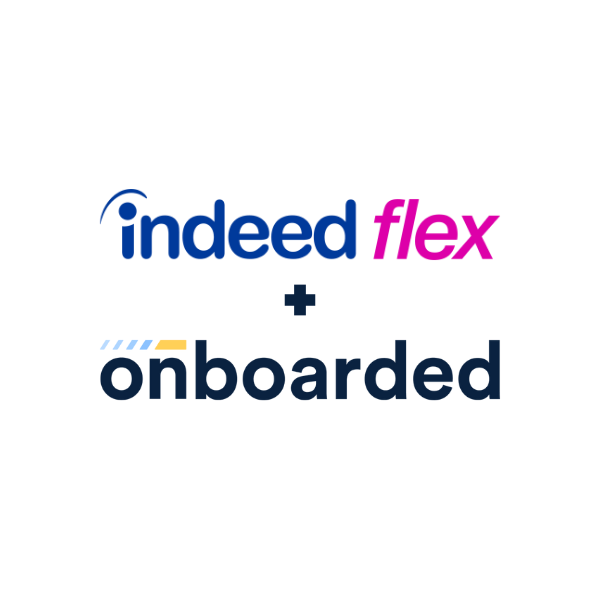Welcome to the Onboarded blog, where we delve into essential aspects of workforce compliance and onboarding. Today, we're exploring the history of two critical components in U.S. employment verification: Form I-9 and E-Verify. Understanding these tools is pivotal for employers navigating the complexities of workforce legality.

The Journey of Form I-9
The Inception in 1986: Form I-9's story begins with the Immigration Reform and Control Act (IRCA) of 1986. This act marked a significant shift in U.S. employment law, primarily aimed at curtailing unauthorized employment. Form I-9 was introduced as a mandatory tool for employers to verify the identity and employment eligibility of their new hires.
Evolving with Time: Since its inception, Form I-9 has undergone several revisions. These changes were aimed at updating the list of acceptable documents for proving identity and work authorization, enhancing user clarity, and streamlining the verification process. The form's evolution reflects ongoing efforts to balance effective employment verification with practicality for employers.
The Growth of E-Verify
Starting Point - 1996: E-Verify started as the Basic Pilot Program under the Illegal Immigration Reform and Immigrant Responsibility Act of 1996. Initially voluntary, it represented a significant advancement in the verification process, offering employers an electronic means to verify work authorization.
Expansion and Integration: Over the years, E-Verify has grown, not just in terms of technology but also in its scope of use. While still voluntary at the federal level for most employers, certain states have made its use mandatory, especially for public employers or those with state contracts. Its integration with other government databases has enhanced its efficiency and accuracy.
Today's Role of E-Verify: In the current landscape, E-Verify stands as a crucial digital tool complementing Form I-9. It allows employers to conduct real-time checks against government records, ensuring employees' work authorization is valid. This system is an integral part of maintaining a legal workforce, reflecting the synergy between technological advancement and regulatory compliance.
Why This Matters
For Employers and HR Professionals: Understanding the historical context and current applications of Form I-9 and E-Verify is essential for employers. It's not just about compliance; it's about playing a pivotal role in upholding the integrity of the U.S. workforce. At Onboarded, we are committed to providing tools and insights to navigate these requirements seamlessly.
Looking Ahead: As we continue to witness changes in workforce dynamics and regulatory landscapes, tools like Form I-9 and E-Verify will evolve. Staying informed and adaptable is key. Onboarded is here to guide you through these changes, ensuring your onboarding processes are not just compliant but also efficient and streamlined.
Conclusion: The histories of Form I-9 and E-Verify are more than regulatory narratives; they are testament to the evolving nature of workforce management in the United States. As your partner in onboarding and compliance, Onboarded is dedicated to keeping you abreast of these changes and providing solutions that align with the latest requirements.
For more insights and updates on employee onboarding and compliance, stay tuned to our blog and explore our comprehensive suite of onboarding solutions at Onboarded.com.


.png)

.png)